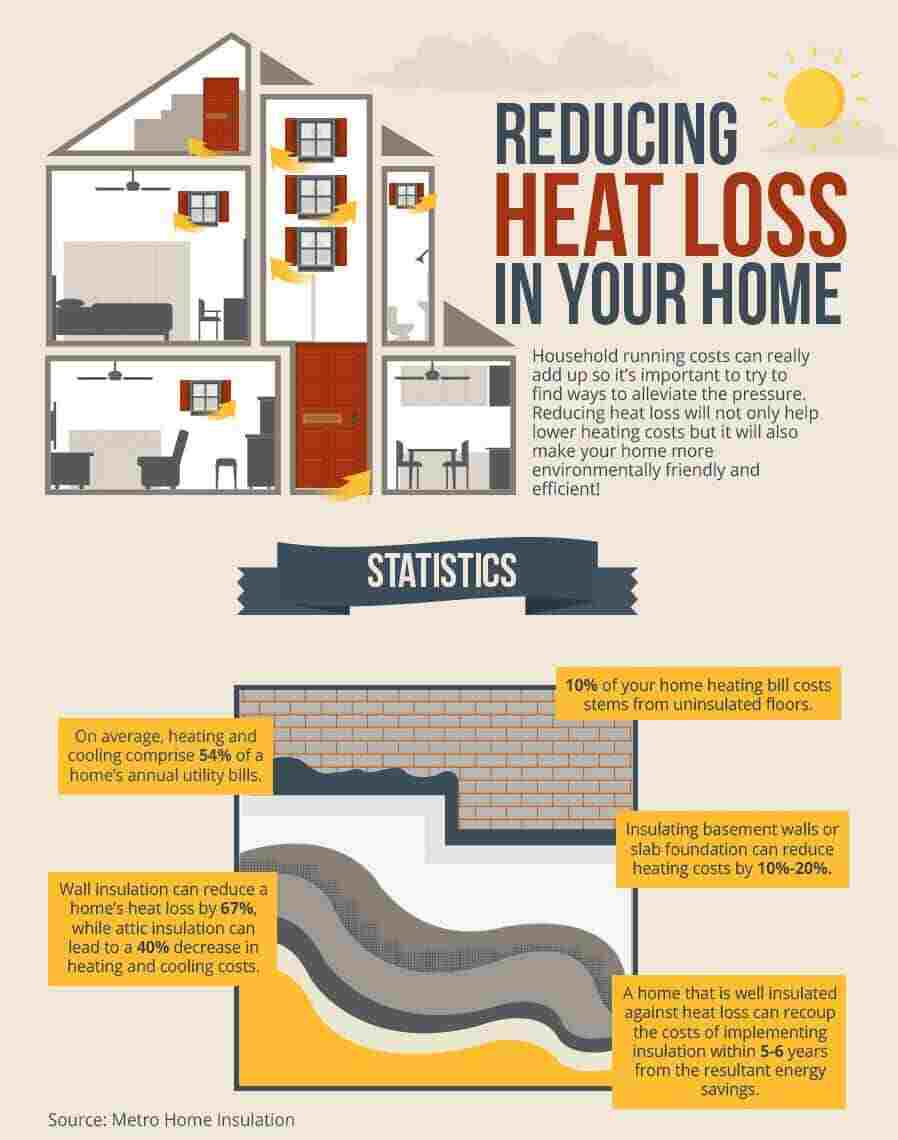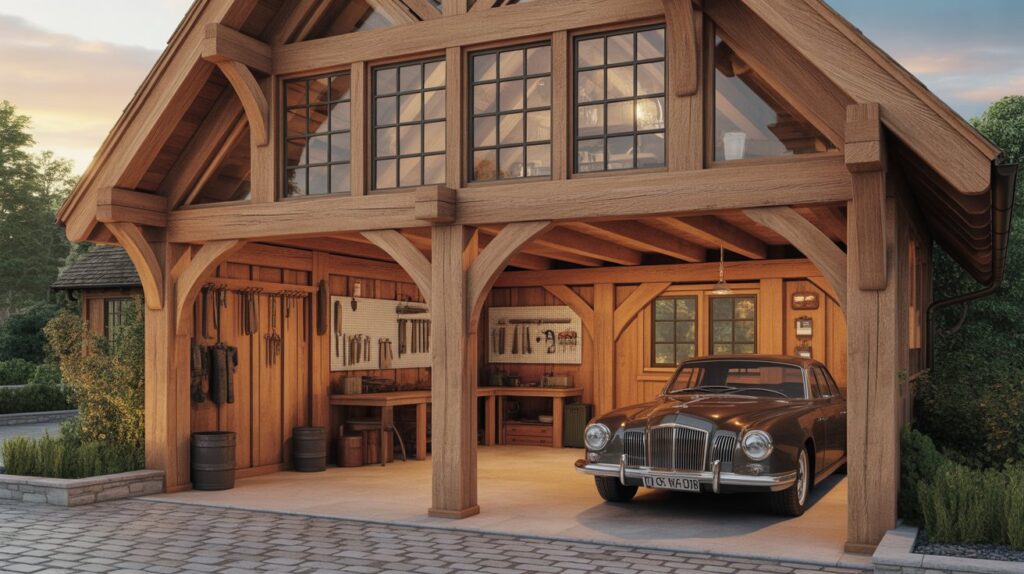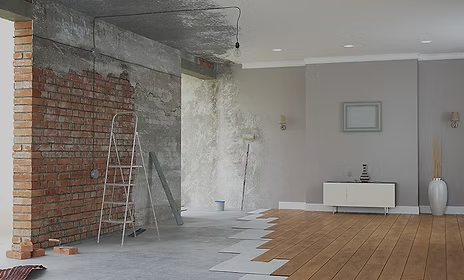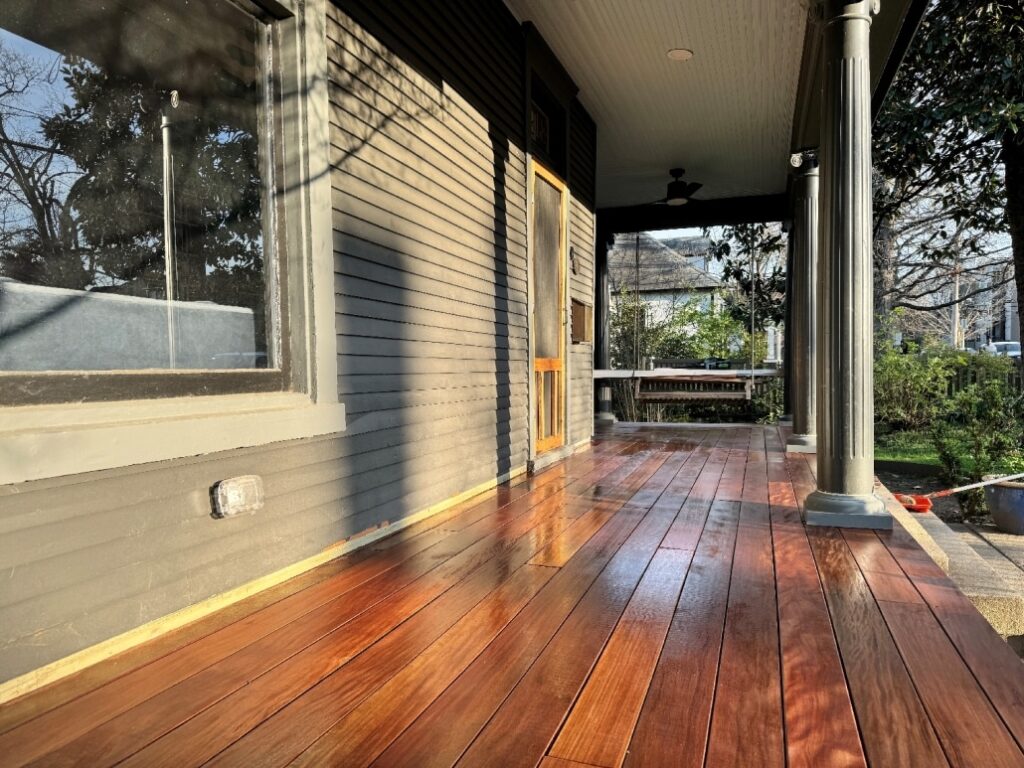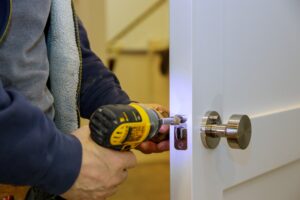Reducing Heating Costs in an Old House – Owning an old house comes with its unique charm and character, but it also presents challenges, particularly in managing heating costs. Older homes often lack modern insulation, have drafty windows, and rely on inefficient heating systems, leading to higher energy bills. However, with careful planning and strategic upgrades, you can significantly reduce heating costs without sacrificing comfort. This essay explores practical methods to make your old house more energy-efficient, focusing on insulation, window treatments, heating system upgrades, and behavioral changes.
Insulation: The Foundation of Energy Efficiency
One of the most effective ways to reduce heating costs in an old house is to improve insulation. Many older homes were built before modern insulation standards were established, leading to significant heat loss through walls, roofs, and floors. Insulating these areas can drastically reduce energy consumption.
Start with the attic, as heat rises and can easily escape through an uninsulated roof. Adding a thick layer of insulation to the attic floor can prevent this heat loss. Depending on the structure of your home, insulating the walls can be more challenging but equally important. Consider using blown-in cellulose or spray foam insulation, which can be inserted into existing walls without significant renovation. Additionally, insulating the floors, particularly if your home has a basement or crawl space, can further reduce heat loss and keep your living spaces warmer.
Window Treatments: Sealing the Gaps
Windows are another significant source of heat loss in old homes. Single-pane windows, common in older houses, offer little insulation against the cold. Replacing these with double- or triple-pane windows is an ideal solution, but it can be expensive. If window replacement is not feasible, there are other cost-effective methods to improve their efficiency.
Weatherstripping is an easy and inexpensive way to seal gaps around windows where drafts commonly occur. Applying a clear, insulating window film can also reduce heat loss while still allowing light to enter. Additionally, heavy curtains or thermal drapes can provide an extra layer of insulation, particularly at night when temperatures drop. These measures can significantly reduce the amount of heat that escapes through your windows, helping to maintain a consistent indoor temperature.
Heating System Upgrades: Efficiency Matters
The heating system in an old house is often a major contributor to high energy costs. Many older homes rely on outdated boilers, furnaces, or space heaters that are far less efficient than modern systems. Upgrading to a more efficient heating system can result in substantial savings over time.
Consider installing a high-efficiency condensing boiler or furnace, which uses less fuel and extracts more heat from the same amount of energy. If your home still uses an oil or electric heating system, switching to natural gas can be a more cost-effective option in the long run. Additionally, consider installing a programmable thermostat, which allows you to set your heating to automatically lower during times when you’re asleep or away, reducing unnecessary energy consumption.
For homes with radiators, upgrading to thermostatic radiator valves (TRVs) can help control the temperature in individual rooms, preventing the entire house from being heated to the same level when only certain areas are in use. These upgrades, while initially costly, can lead to significant reductions in heating bills.
Behavioral Changes: Small Adjustments, Big Savings
In addition to physical upgrades, behavioral changes can also play a significant role in reducing heating costs. Simple actions, such as lowering the thermostat by a few degrees, can result in noticeable savings. Wearing warmer clothing indoors and using extra blankets at night can make it comfortable to lower the overall temperature.
Regular maintenance of your heating system is another crucial factor. Ensuring that your boiler or furnace is serviced annually will keep it running efficiently, reducing the likelihood of breakdowns and the need for costly emergency repairs. Bleeding radiators to remove trapped air can also improve their efficiency.
Finally, consider zoning your heating. Rather than warming the whole house, concentrate on the areas you frequently use. Close doors to unused rooms and use space heaters in specific areas if necessary. This targeted approach to heating can help reduce overall energy consumption.
Conclusion: A Balanced Approach to Heating Efficiency
Reducing heating costs in an old house requires a combination of insulation improvements, window treatments, heating system upgrades, and behavioral adjustments. While some of these changes may require an initial investment, the long-term savings and increased comfort make them worthwhile. By taking a proactive approach to energy efficiency, you can enjoy the charm of your old home without the burden of excessive heating bills. Embracing both modern solutions and simple lifestyle changes will create a warmer, more cost-effective living environment that preserves the character of your historic home – tukar tambah ac.

